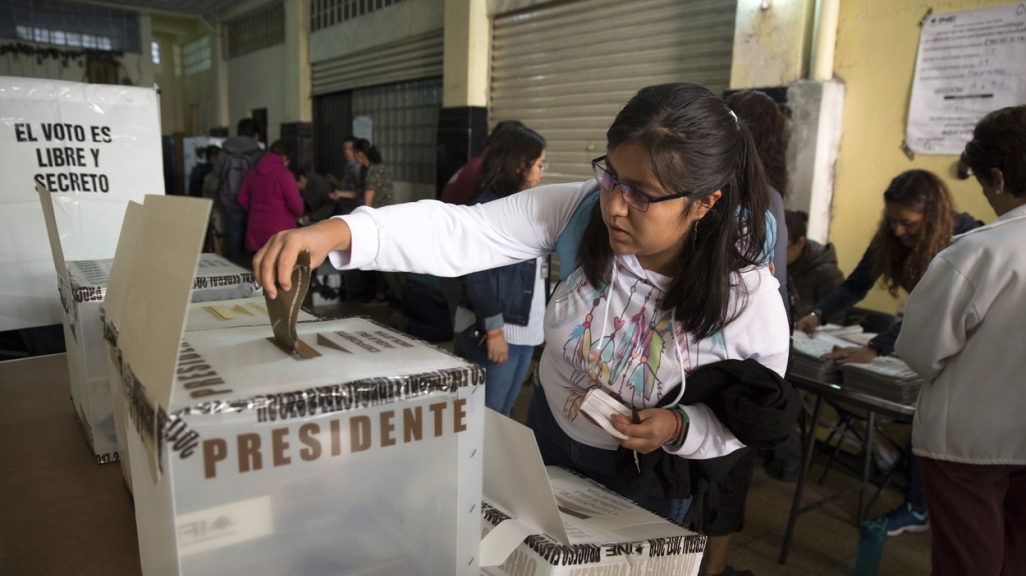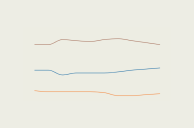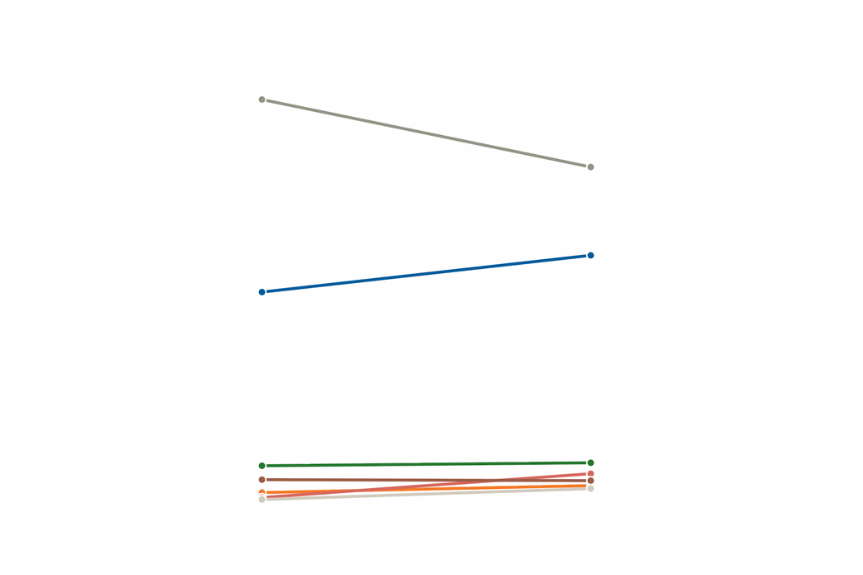Mexico Elects: What's in Play in the Country's Massive 2024 Elections?
Mexico Elects: What's in Play in the Country's Massive 2024 Elections?
More than 20,000 posts—presidency included—are up for grabs on June 2, 2024. AS/COA Online maps out key dates, voters, and the seats at stake.
Get updates on Mexico's giant elections, right up through the outcome of the June 2 vote.
Claudia Sheinbaum, Xóchitl Gálvez, and Jorge Álvarez Máynez are competing for the presidency. See polls ahead of the June 2, 2024 election.
AS/COA covered 2024's elections in the Americas, from presidential to municipal votes.












